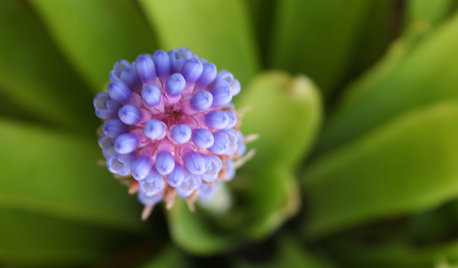Dyckia fosteriana
brom_phil
15 years ago
Related Stories

GARDENING GUIDESBromeliads: The Ultimate Collector’s Plants
Once you discover bromeliads’ exotic beauty, wide-ranging colors and intriguing patterns, you’ll never go back
Full Storyhi every one does any one know how rare Dyckia fosteriana is i australia just before i go and buy some. thanks.

hotdiggetydam
brom_philOriginal Author
Related Professionals
New Bedford Landscape Architects & Landscape Designers · South Elgin Landscape Architects & Landscape Designers · Cerritos Landscape Contractors · Cockeysville Landscape Contractors · Gallatin Landscape Contractors · Galt Landscape Contractors · Harvey Landscape Contractors · Milford Mill Landscape Contractors · Seymour Landscape Contractors · Winchester Landscape Contractors · Lake Jackson Fence Contractors · New Haven Fence Contractors · Four Corners Siding & Exteriors · Plano Siding & Exteriors · Southampton Siding & Exteriorsblue_heeler
kerry_t_australia
brom_philOriginal Author
Constantino Gastaldi
Constantino Gastaldi